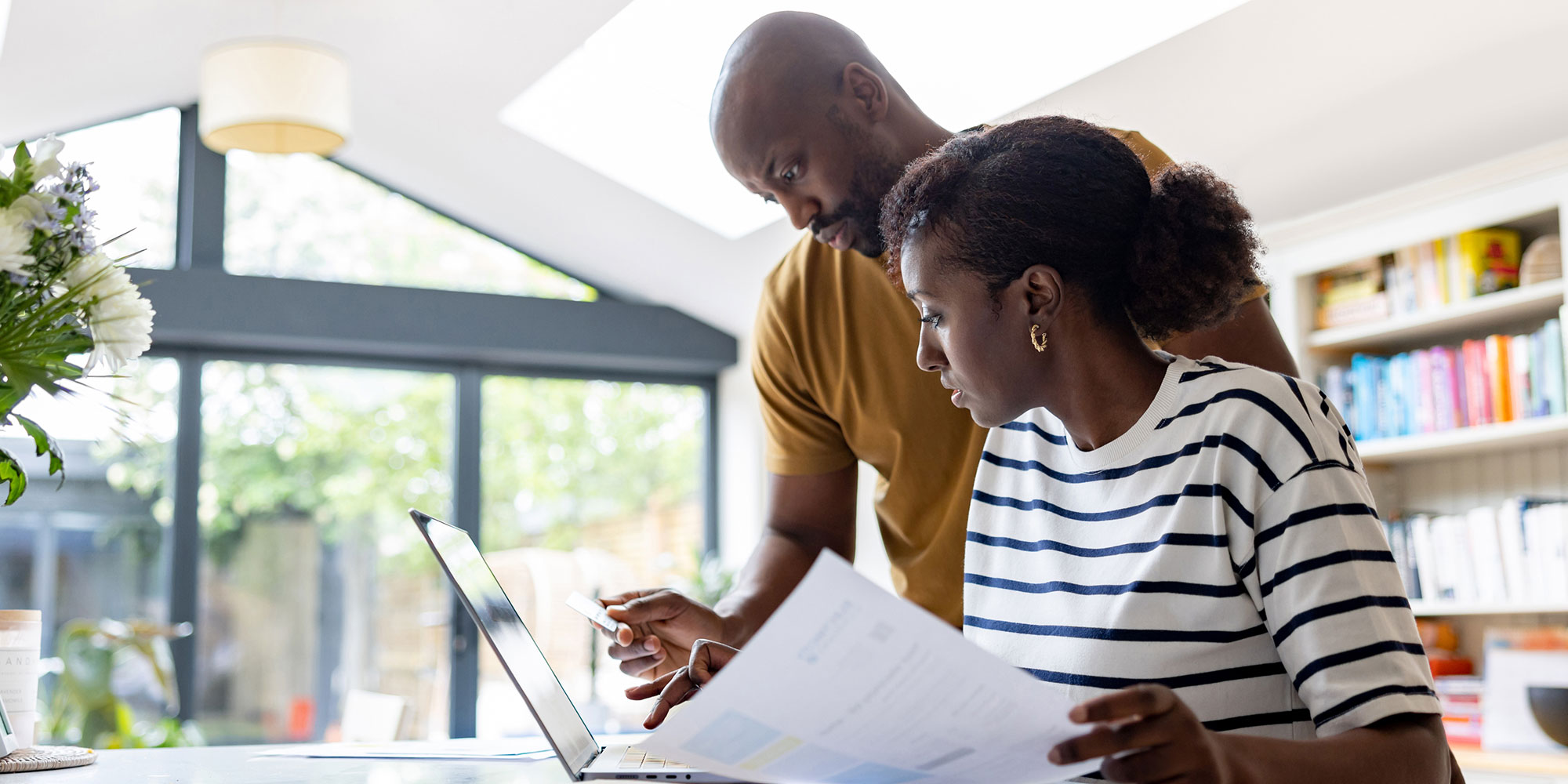
Get a year of super-useful advice
Get the best deals, avoid scams and grow your savings with expert guidance all year for only £36.75 – that’s 25% off.
Join Which? MoneyOffer ends 8th January 2026

HMRC is adding new services on its app to help 35 million taxpayers manage their tax affairs more easily.
The move is part of the tax office's push to streamline services and make 90% of customer interactions digital by 2030, up from 76% today. But other ways to contact HMRC will still be available.
Here, Which? takes a look at what's new, what's coming next and how these changes could affect you.
The HMRC app is a free tool, available on the App Store and Google Play, that lets you manage parts of your tax record from your phone.
You'll need your Government Gateway ID and password the first time you sign in.
You can already use the app to check your tax code, view your National Insurance number, access your child benefit details and get reminders about self-assessment deadlines. You can also make payments using open banking.
It's set to be introduced during the 2025-26 tax year, and taxpayers will be able to use the HMRC app to update income changes, check allowances or deductions and ensure they're paying the correct amount of tax.
Other new features will include:
These updates are part of 50 new measures HMRC says it’s introducing to simplify the tax system and reduce pressure on its phone services.
HMRC also plans to link self-assessment tax returns with child benefit data for those not reporting payments through their tax code and to digitalise the inheritance tax service from 2027.

Get the best deals, avoid scams and grow your savings with expert guidance all year for only £36.75 – that’s 25% off.
Join Which? MoneyOffer ends 8th January 2026
You don’t need a smartphone to deal with HMRC. If you’d rather speak to someone or send something in the post, other options are still available. You can:
HMRC says it will continue to write to households who don’t have internet access or who struggle to use its digital services. However, it’s also aiming to reduce the number of letters it sends.
At the moment, HMRC contacts taxpayers by post for various reasons, including tax code changes, self-assessment reminders and requests for information. In future, it will only send physical letters if you owe tax — part of a wider move to cut postal costs by £50m a year.
In summer 2023, HMRC trialled closing its self-assessment helpline to encourage more people to use online services. The decision drew heavy criticism from campaigners, tax professionals and MPs, and the helpline was reinstated ahead of the peak filing period.
Once you're signed in, the app lets you manage a range of tax-related tasks and check key information in one place. Here are eight things you can do:
If you're employed or receive a private pension, you'll have a tax code. This is a series of numbers and letters that dictate how much tax is taken from your income. There are multiple codes depending on your circumstances.
The most common tax code is 1257L, used when you have only one source of income, either from a job or pension. It means you can earn up to the personal allowance of £12,570 a year before being taxed.
It's down to you to make sure your tax code is right and up to date. If your code is incorrect, you risk either paying too much tax or not enough.
You can find out your National Insurance number in the app and add it to your digital wallet if you're using a smartphone.
HMRC recommends setting up security features on your device, such as a Pin or facial recognition, to help keep your data safe.
You can view the employer payments, tax and National Insurance contributions that have been reported to HMRC.
The data covers the past five years and covers all employment you have had. It’s a useful way to check your employer has reported your income correctly.
If you're self-employed or have other forms of income, you may need to file a self-assessment tax return. The HMRC app shows your unique taxpayer reference (UTR) and provides a breakdown of how much tax you owe.
It also displays any overdue amounts or penalties, along with your total tax liability. You can pay through the app using open banking and get reminders about key deadlines.
If you're not yet receiving the state pension, you can check how much you're on track to get and the date you'll become eligible to claim.
The amount depends on your National Insurance record and when you reach state pension age. You usually need 35 qualifying years to get the full new state pension of £230.25 a week. You need at least 10 years to receive anything at all.
If you have gaps in your National Insurance record, the app can show how much your state pension could increase by paying voluntary contributions.
You can pay for both full and partial years directly through the app.
If you're a parent or guardian, you use the app to apply for child benefit and manage your claim.
If already claiming, you can view your payment history, get proof of entitlement, change your bank details and update your personal information.
The app lets you check if you're eligible for a Help to Save account – a government scheme for people on universal credit that offers a 50% bonus on savings, worth up to £1,200 over four years.
If you have an account, you can use the app to: